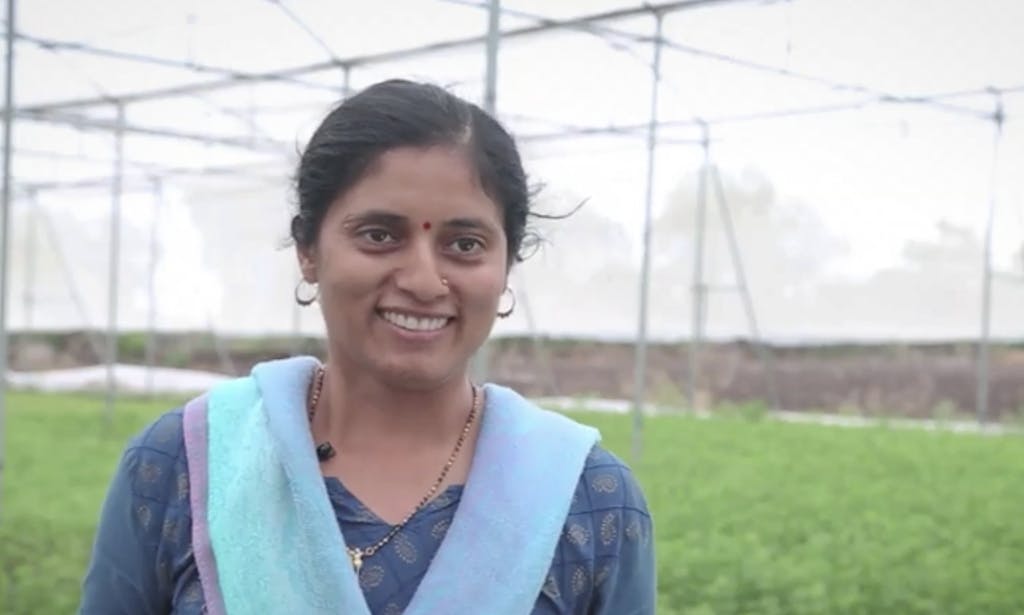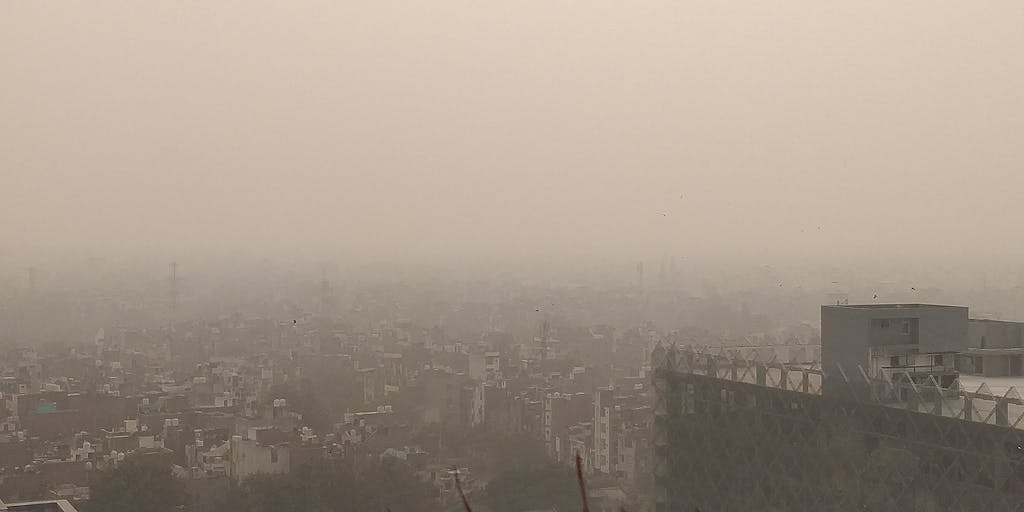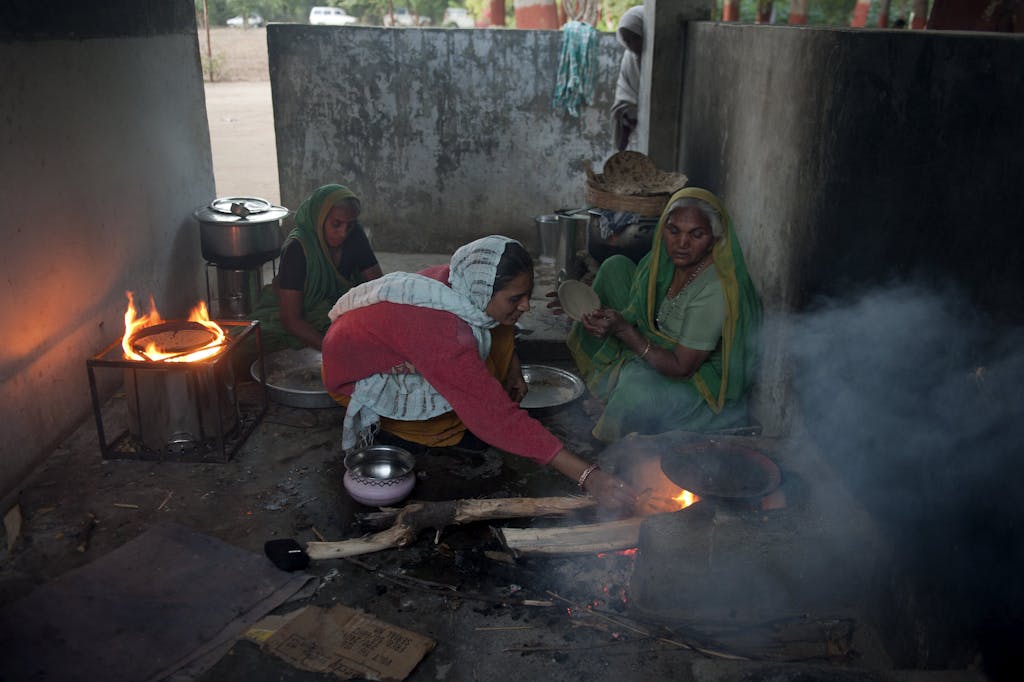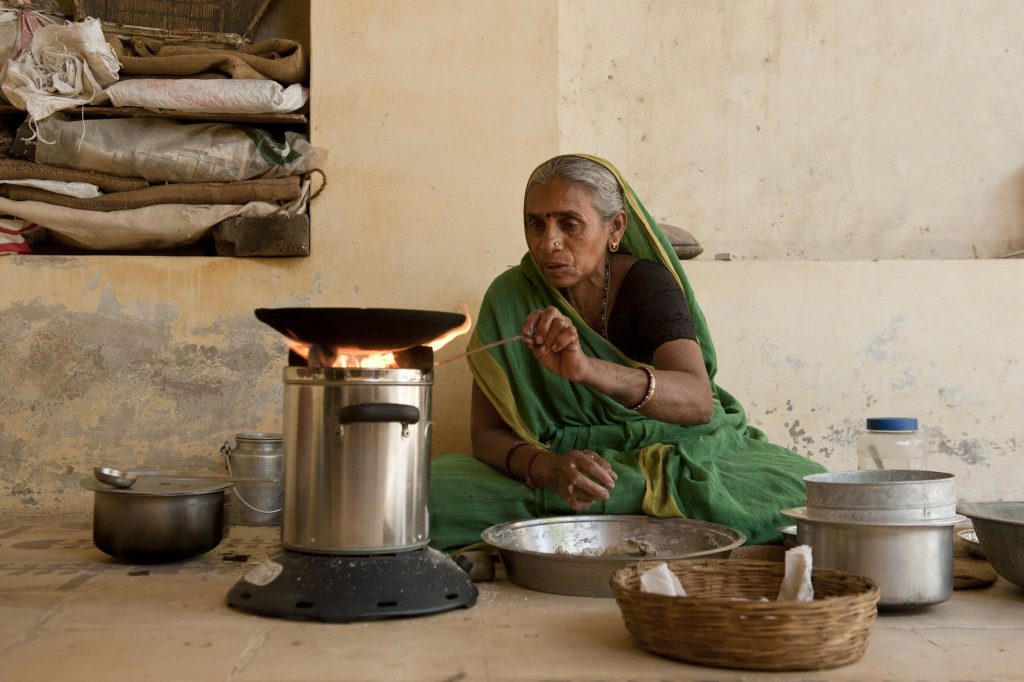
a woman cooks meals on a cookstove at her residence in Ganeshpura Village in Mehesana District inside the Indian State of Gujarat. photograph: clear Cooking Alliance
for a lot of her life, Prajakta Shirsat cooked over an open flame — a seemingly straightforward act however one with extreme penalties. The Indian mom and farmer explains how a “mechanical stomach” in her yard now transforms meals scraps and animal waste to vitality her household, assist her put together dinner, and sort out local climate change on the identical time.
Since she was barely woman, Prajakta Shirsat started most days by stoking a small cookfire to boil water and put together her household’s breakfast.
Prajakta lives in Ahmednagar, a 500-yr-outdated metropolis in western India the place electricity is usually unreliable, going out for hours at a time with out warning. It’s one set off that virtually two-thirds of India’s inhabitants put together dinner over charcoal, kerosene, or an open flame.
“beforehand, after I used firewood, I spent an complete lot of time with that,” Prajakta says of the hours every week devoted to stocking the household’s woodpile and tending to cookfires. It additionally meant spending an large portion of the household’s restricted income on kindling to maintain the fires going.

Prajakta Shirsat is saving time, money, and her well being by switching to a clear cooking gasoline made by her biodigester. photograph: clear Cooking Alliance
The time and sources wasted on open fires, or so-referred to as soiled stoves, aren’t the one repercussions. Burning wooden, charcoal, animal dung, crop residue, and fully different biomass fuels is a quantity one rationalization for black carbon emissions, the second-largest contributor to local climate change after carbon dioxide.
In India, 20% to 50% of exterior air pollution is the outcomes of indoor cooking and heating. the approach releases carbon dioxide and fully different greenhouse gases, as properly as to quick-lived local climate pollution resembling black carbon, one other main contributor to local climate change. Scientists have found that melting sea ice inside the Arctic is partly launched on by black carbon emissions from cookfires on the selection side of the globe, swept there by ocean currents.
And this isn’t a draw again simply in India. Globally, 1 in three people use open fires or soiled stoves to rearrange their meals. fully different than the environmental penalties, this variety of cooking has a devastating toll on public well being. these who put together dinner over charcoal, wooden, or kerosene — most of whom are women and mothers like Prajakta — inhale dangerous portions of poisonous smoke. in accordance with the World well being group, air pollution from the variety of cooking kills 4 million people yearly.

A layer of air air pollution hovers over New Delhi. photograph: Wikimedia Commons
in the meantime, centuries of unsustainable wooden harvesting have degraded a massive quantity of the Earth’s forests, which play a important function in capturing carbon.
All of these components — environmental, financial, and private — clarify why Prajakta and her neighbors decided to pay money for a “biodigester,” a instrument that acts like a mechanical stomach by way of the use of microorganisms in a sealed container to interrupt down meals scraps, manure, and fully different pure supplies, producing methane and carbon dioxide which will in flip be used as renewable vitality and clear cooking gasoline. This course of additionally yields pure fertilizer which may be utilized to nourish crops.
altering the means by which the world cooks is amongst the numerous best methods to sort out local climate change. vitality-environment nice stoves can reduce again gasoline use by 30% to 60%, ensuing in fewer greenhouse gasoline and black carbon emissions, in accordance with the clear Cooking Alliance, a worldwide community housed on the UN basis to increase entry to scrub cooking options. Scaling up clear cooking may additionally enhance gender equality by liberating women and women from the home labor that comes with tending open fires and inefficient biomass stoves.

a customary cookstove, proper, produces a substantial quantity of smoke all by way of cooking, versus a clear cookstove, left, which is comparatively smokeless. photograph: clear Cooking Alliance
It’s why the clear Cooking Alliance boasts a broad fluctuate of supporters, collectively with former U.S. Secretary of State Hillary Clinton, who helped launch the group in 2010, humanitarian chef José Andrés, and private firms resembling Sistema.bio, which put in and maintains the biodigester that fuels Prajakta’s household and folks of her neighbors. by way of a coalition of companions from the private and non-private sectors, the clear Cooking Alliance is accelerating world financing, evaluation, and market enchancment for the burgeoning commerce.
By serving to households in want swap to extra modern stoves and vitality sources, the clear Cooking Alliance is enhancing the day-to-day lives of people like Prajakta in numerous methods.
“Now i’ve extra time to spend collectively with her,” Prajakta says with a smile as she brushes the hair from her youthful daughter’s face.
Take movement
As humanity sits on the purpose of a local climate disaster, on an everyday basis individuals are stepping up — discovering options and addressing the local climate disaster of their communities and international areas.
Our local climate Is Our Future, a United Nations basis initiative, highlights the work of these unrelenting advocates and activists who’re on the frontlines of the fight to shield our planet.
Stand with them.

